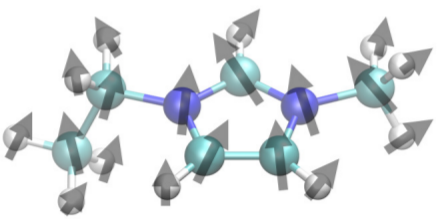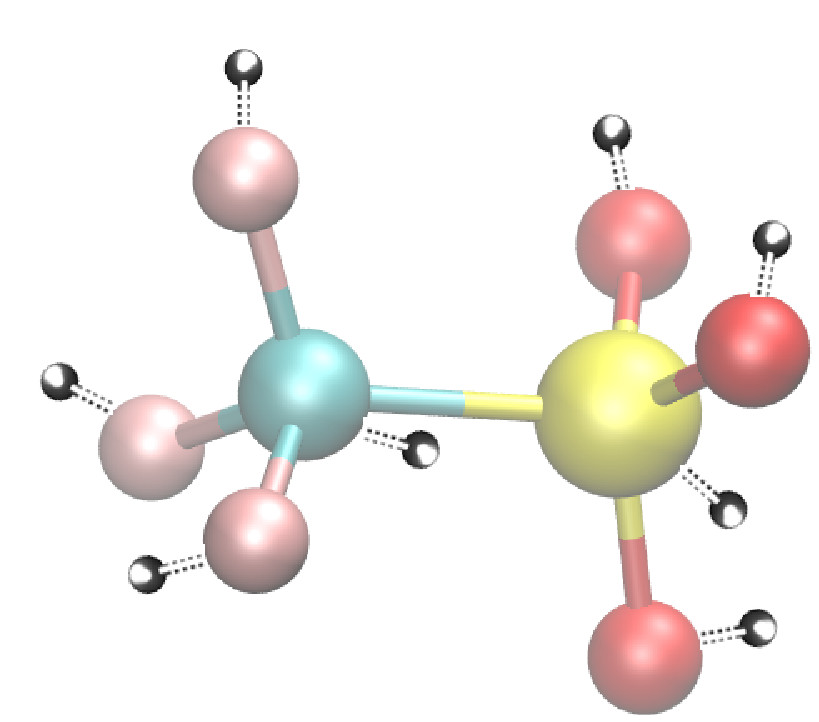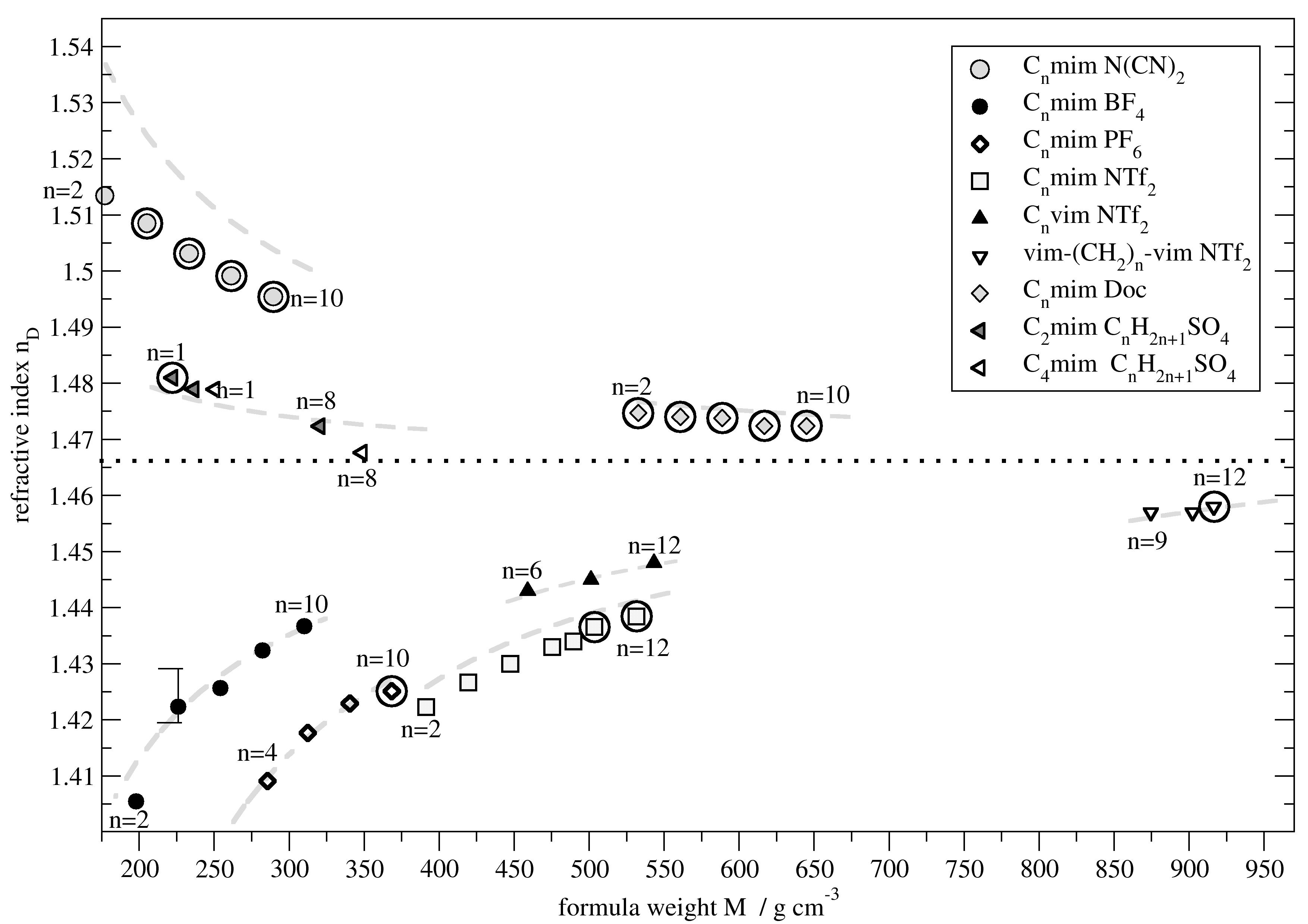Polarizable MD simulations
Molecular charge distributions change in response to the local environment. Quantum-mechanics can describe this effect but corresponding simulations are very limited in size and time. Classical simulations are traditionally performed with permanent partial charges. Polarizability models can bridge this gap by augmenting the permanent charge distribution by satellite charges (Drude model corresponding to a induced physical dipole) or additional point-induced dipoles (mathematical dipoles).
| Model | Method | Stringency | CPU time |
| non-polarizable | 1.4 h | ||
| point-induced dipoles | LAG | Tμ=0.06 | 2.0 h |
| Drudes | LAG | Tμ=1 | 2.7 h |
 The point-induced dipole method augments the standard set of coordinates (representative of the
nuclear degrees of freedom) by a set of atomic dipoles which are intended to
represent the electronic degrees of freedom.
Since the strength of this induced dipole depends on the local electric field of all others,
the polarization forces are not pairwise additive anymore, but are true many-body forces.
The point-induced dipole method augments the standard set of coordinates (representative of the
nuclear degrees of freedom) by a set of atomic dipoles which are intended to
represent the electronic degrees of freedom.
Since the strength of this induced dipole depends on the local electric field of all others,
the polarization forces are not pairwise additive anymore, but are true many-body forces.
 In the Drude model, the induced dipoles are represented by additional charged satellites which
are tethered
by a "spring" to the polarizable atom. The strength of this spring is related to the
atomic polarizability.
In principle, one obtains the position of the mobile Drude particles by a self-consistent field approach,
but a Lagrangian approach with two thermal baths is faster and as reliable as the self-consistent field.
In the Drude model, the induced dipoles are represented by additional charged satellites which
are tethered
by a "spring" to the polarizable atom. The strength of this spring is related to the
atomic polarizability.
In principle, one obtains the position of the mobile Drude particles by a self-consistent field approach,
but a Lagrangian approach with two thermal baths is faster and as reliable as the self-consistent field.
The atomic polarizability reflects the sensitiveness of the atom to changes in the
electric field. Their macroscopic analogue -- which is not their sum -- determines the optical
dielectric constant or the square of the refractive index. In this way the polarizabilities can
be calibrated. While being of intrinsically local diversity the inclusion of polarizability accelerates
molecular dynamics.

